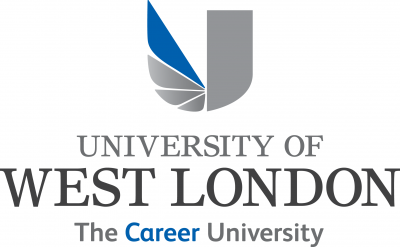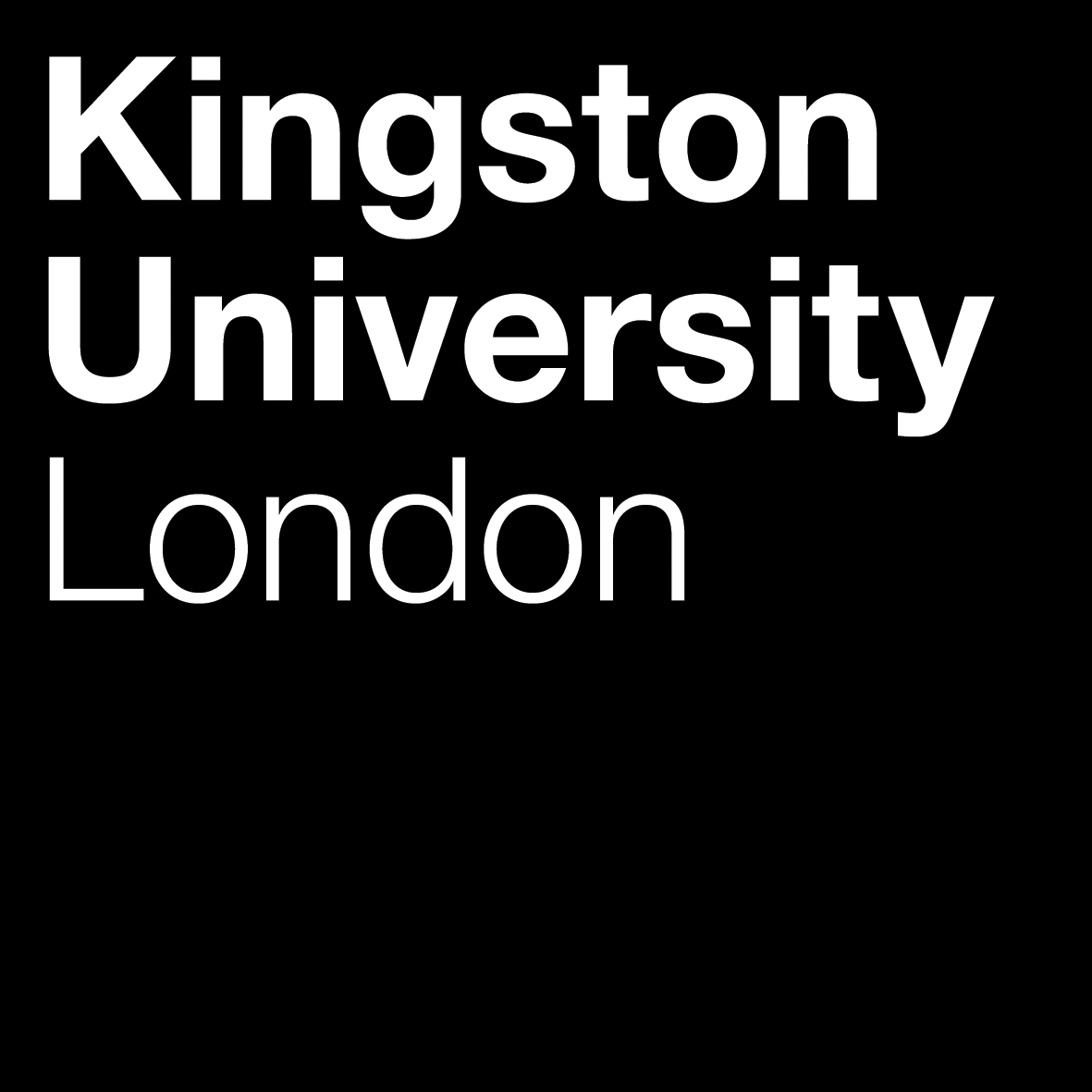1st February, 2023
Transitioning Beyond Academia
Dr Gemma Outen
2nd March, 2022
Luba Elliott, Curator & Honorary Senior Research Fellow, UCL Centre for Artificial Intelligence
AI-based tools have been steadily gaining popularity amongst artists in recent years, with image generation models like DeepDream, GAN and CLIP enabling the development of new aesthetics. Meanwhile, recognition-based technologies and their ability to identify faces, objects and emotions present artists with the opportunity to explore the latest tools, finding their limitations and discovering new use cases. By doing so, artists are able to critique the technology and provide an alternative perspective.

Facial recognition is widely regarded as a controversial technology because of its surveillance possibilities. Alongside its development, artists have been exploring ways of evading facial recognition by hacking the vulnerabilities of the latest tools. Adam Harvey is well known for his efforts in CV Dazzle (2010), a project which highlights how camouflage such as unusual fringes or bright hair markings can prevent face detection. As technology developers updated their systems, Harvey introduced new approaches such as HyperFace (2017), which provides false faces that distract computer vision algorithms and DFACE.app (2020) for face redaction. Others took to fashion, with jewellery designs such as Ewa Nowak’s Incognito (2019) and Sara Sallam’s Orwell (2020) protecting the wearer from recognition without hiding their facial features. The pandemic and Black Lives Matter movements have encouraged further artist-activist work, with tools that blur faces such as Everest Pipkin’s Image Scrubber (2021) and Shinji Toya’s Paint Your Face Away (2021). These projects represent artistic attempts to stand up to the ever-present surveillance mechanisms in our society by offering both web-based and physical tools that allow us to regain control of where our faces are displayed, tracked and identified.
In addition to activist projects, AI artists are also exploring limitations of facial and object recognition in a fine art setting. In their work Non-Facial Portraits (2018), the Korean duo Shinseungback Kimyonghun tasked artists with painting portraits of people which are not detected as faces by the system, resulting in a range of portraits with misplaced eyes and noses, featureless faces and their geometric approximations. While AI systems may not see faces in those portraits, humans are likely to recognise most of these. Here, facial recognition is presented as a creative sparring tool, stimulating human creativity in broadening the definition of a portrait. Meanwhile, Tom White’s Perception Engines (2018) highlights the difference between human and machine understanding in the area of object recognition. The series of prints distils the object into a shape that is easily recognised as a particular category by all image recognition models. For example, the “essence” of a starfish is a bright pink abstract shape with occasional criss-cross marks. Of course, a human may well perceive this image as another category as our culture typically depicts starfish differently, with multiple tentacles emanating from a central core. This example underscores the fundamental differences in how humans and AI systems see the world: it is not always easy to find simple, mutually intelligible representations.
AI systems that power the internet are subjected to critique by Gretchen Andrew, who investigates how search engine results can be influenced through optimisation strategies. In her Internet Imperialism (2016-2019) series, paintings of books and bedroom interiors dominate the results when searching for images of the “cover of art forum”, instead of the expected photographs of the art magazine. Here, Andrew highlights how AI systems that search and organise information can be hacked to display unrelated results provided that the SEO terms are correct. This placement of artistic work in unusual surroundings is also found in Scott Kelly and Ben Polkinghorne’s Signs of the Times (2017), a series of billboards placed in a national park, in front of the sea and at the bottom of a playground slide. With the text ‘People who liked this also liked…’, these billboards detail suggestions of alternative national parks, seaside or entertainment destinations, as if the viewer finds themselves online shopping on Amazon. This invasion of the digital world and AI-based recommendation systems that power these suggestions contrast starkly with the natural surroundings, highlighting the absurdity and the excessive influence of these technologies over our lives.
To sum up, artists critique AI technologies in terms of their limitations, failures, ability to be manipulated and finally their dominance in our day to day lives. By doing so, these artists create works that are a fascinating commentary on our contemporary existence as well as pushing their artistic practice in new directions, where the medium and format is shaped by the tools. However, alongside this artistic exploration, technology researchers work hard to advance AI systems and overcome their errors and limitations. Therefore, this field continues to be an exciting dialogue between critical practitioners and goal-driven developers, resulting in a much enriched creative practice.
You've been waiting for it and our May newsletter is here! -> bit.ly/3M9ICG6 pic.twitter.com/Iug9eWimQQ





